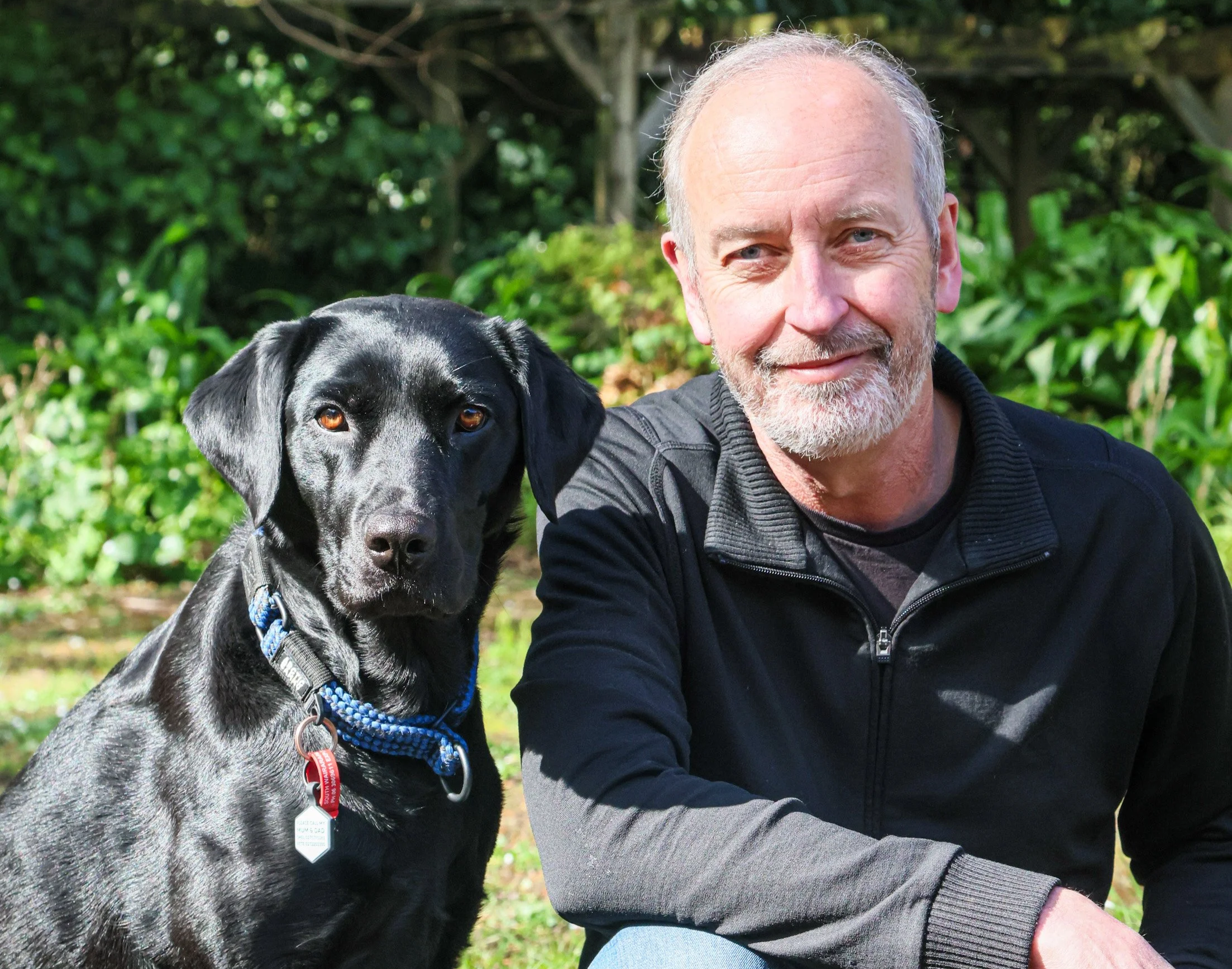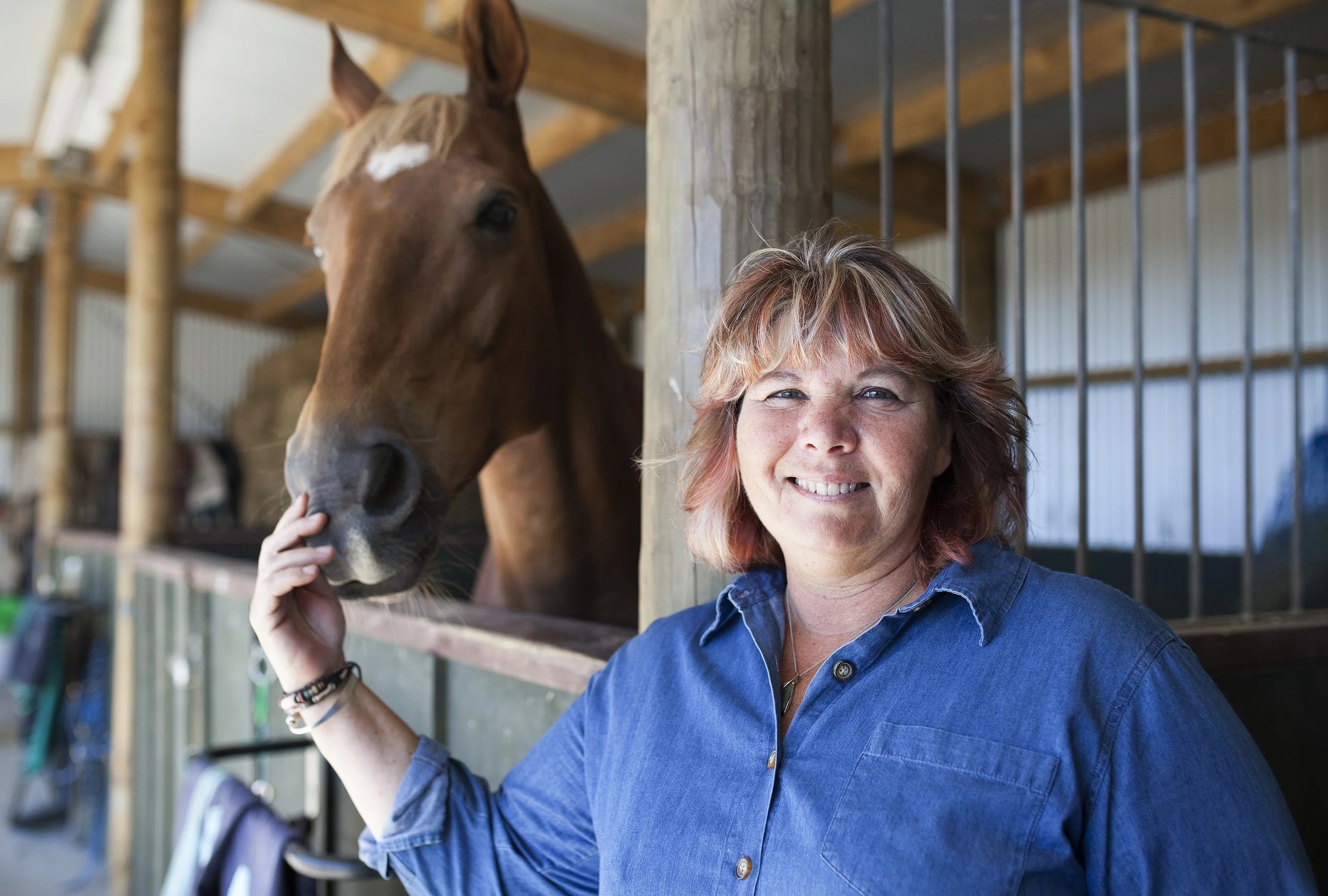Overcoming Stress to Ensure Better Vet Care
With nearly two-thirds (63%) of New Zealand households sharing their home with a pet, cats remain one of our most beloved companions. As cherished members of the family, they deserve the same access to medical care as any other loved one - but getting them to the vet can be easier said than done. One key part of the puzzle? Cat carriers.
Picture this: your cat starts showing signs that something’s not quite right. You know a vet visit is needed. But before you can even make the appointment, you’re digging through the garage or cupboard to find the carrier. The moment your cat hears it being dragged out, they scatter under the bed - and the battle begins. Sound familiar?
What research tells us about vet visits
Despite our deep bond with these furry family members, our recent NZ Pet Data Report showed that many Kiwi cats (almost a third of owned cats) don’t get the regular veterinary care that could keep them healthy and happy throughout their lives (Companion Animals NZ, 2024).
Another survey conducted across Australia and New Zealand in 2017 found that 31% of cat owners did not take their cats to the vet annually. The most common reasons for skipping check-ups were anticipated stress for the cat, cost, and a belief that the visit wasn’t necessary (Johnston et al, 2017).
Stats from United States in 2020 painted an even more concerning picture: nationally representative data indicated that only just over 40% of cat owners reported seeking veterinary care once a year. Meanwhile, 7% of cat owners said they would never seek veterinary care and 28% said they would only do so in emergencies (Bir et al, 2020).
The hidden health crisis for cats
Regular veterinary check-ups are crucial for maintaining your cat's health and catching potential issues before they become serious problems. Early detection of conditions like dental disease, kidney problems, or diabetes can significantly improve treatment outcomes and your cat's quality of life. Yet many cat owners only visit the vet when their pet is noticeably unwell, missing vital opportunities for preventive care.
The reluctance to take cats for regular check-ups often stems from one major barrier: the stress and drama of getting cats into their carriers (Volk et al, 2011). Over two-thirds of cats are brought to the veterinarian in carriers, while a small percentage are held or leashed (Mariti et al, 2016).
Certain carrier designs, especially those without a detachable top, can make handling difficult, which often prolongs veterinary consultations and heightens the cat’s stress. Because most cats associate their carriers with negative experiences, typically due to rushed trips to the vet when they’re already unwell, this creates a cycle of anxiety for both cat and owner that leads to dreaded vet visits and, ultimately, delayed or avoided care.
The solution: carrier training
The good news is that with patience and the right approach, you can transform your cat's relationship with their carrier from one of fear to one of comfort – or even contentment (Liu, J. (n.d.). One study found that cats who were trained to use their carriers with positive rewards were much less stressed during car rides and vet visits.
These cats showed calmer behaviour - like being more relaxed and willing to eat - and their bodies also showed fewer signs of stress (Pratsch et al., 2018). Your cat's carrier doesn't have to be a source of anxiety – with patience and positive reinforcement, it can become just another comfortable space in your home, making those essential vet visits a breeze for everyone involved.
Here's how to do it:
Step 1: Make the carrier part of the home environment
Don't store the carrier in a cupboard or garage between vet visits. Instead, leave it out in a quiet area of your home with the door open. Place a comfortable blanket or towel inside to make it inviting. This helps your cat become accustomed to the carrier as a normal part of their environment rather than a place to avoid. Using a carrier that is not already associated with negative experiences may be beneficial.
Cat carriers come in various styles, but those with solid bottoms are generally recommended because they provide stability and prevent any accidents during transport. Carriers with tops that open up or lift completely off are also preferred, as they make it much easier to place or remove the cat gently without forcing them through a small door. This design helps reduce stress for both the cat and the owner during handling and veterinary visits.
Step 2: Create positive associations
Start feeding your cat near the carrier, gradually moving the food bowl closer over several days. Once they're comfortable eating beside it, try placing their meals (or treats) inside the carrier with the door open. This helps create positive associations with the space.
Step 3: Make it a cosy retreat
Encourage your cat to use the carrier as a resting spot by placing treats, toys, or catnip inside. Some cats will naturally start napping in their carrier once they realise it's a safe, comfortable space. Praise and reward your cat whenever they voluntarily enter the carrier.
Step 4: Practice closing the door
Once your cat is comfortable spending time in the carrier, practice gently closing the door for just a few seconds while they're inside. Gradually increase the duration, always rewarding calm behaviour with treats and praise. If your cat becomes stressed, take a step back and go more slowly.
Step 5: Add movement
When your cat is comfortable being in the closed carrier, try picking it up and carrying it around the house for short distances. Start with just lifting it slightly off the ground, then progress to brief walks around the room. This helps them adjust to the sensation of being transported.
Step 6: Short car trips
Begin with very short car journeys that don't end at the vet - perhaps just to the end of the driveway and back. Gradually increase the distance as your cat becomes more comfortable.
The long-term benefits
This training process requires patience - it may take only a few days, but for some cats, it may take weeks or even months for them to become completely comfortable with their carrier. However, the investment pays dividends in reduced stress for both you and your cat, and more importantly, it removes a significant barrier to regular veterinary care.
A cat that travels calmly is more likely to have a positive experience at the vet clinic, making future visits easier. They'll be less stressed during the examination, which can lead to more accurate assessments of their health and better cooperation with necessary treatments.
A Good Life for your cat: making regular vet visits the norm
With a carrier-trained cat, you'll be more likely to schedule those important annual health checks. Regular veterinary visits allow your vet to establish baseline health measurements for your cat and spot subtle changes that might indicate emerging health issues. This proactive approach to pet care can extend your cat's life and improve their overall wellbeing.
For further information on training cats in carriers see - https://youtu.be/lwZysJfxZBo
References:
Companion Animal New Zealand (2024): CANZ 2024 Pet Data Report. Retrieved from: https://static1.squarespace.com/static/5d1bf13a3f8e880001289eeb/t/67c5362c18b9881a1fec4b5d/1740977787548/CANZ+2024+Pet+Data+Reportcompressed.pdf
Bir, C., Ortez, M., Widmar, N. J. O., Wolf, C. A., Hansen, C., & Ouedraogo, F. B. (2020). Familiarity and use of veterinary services by US resident dog and cat owners. Animals, 10(3), 483.
Johnston, L., Szczepanski, J., & McDonagh, P. (2017). Demographics, lifestyle and veterinary care of cats in Australia and New Zealand. Journal of Feline Medicine and Surgery, 19(12), 1199–1205.
Liu, J. (n.d.). Managing patients with high fear, anxiety, and stress: A guide to effective handling. Fear Free. Retrieved from: https://www.fearfree.com/2024/01/managing-patients-with-high-fear-anxiety-and-stress-a-guide-to-effective-handling/
Mariti, C., Bowen, J. E., Campa, S., Grebe, G., Sighieri, C., & Gazzano, A. (2016). Guardians' perceptions of cats' welfare and behavior regarding visiting veterinary clinics. Journal of Applied Animal Welfare Science, 19(4), 375–384.
Pratsch, L., Mohr, N., Palme, R., Rost, J., Troxler, J., & Arhant, C. (2018). Carrier training cats reduces stress on transport to a veterinary practice. Applied Animal Behaviour Science, 206, 64–74.
Volk JO, Felsted KE, Thomas JG, Siren CW. 2011. Executive summary of the Bayer veterinary care usage study. J Am Vet Med Assoc. 238(10):1275–1282


























